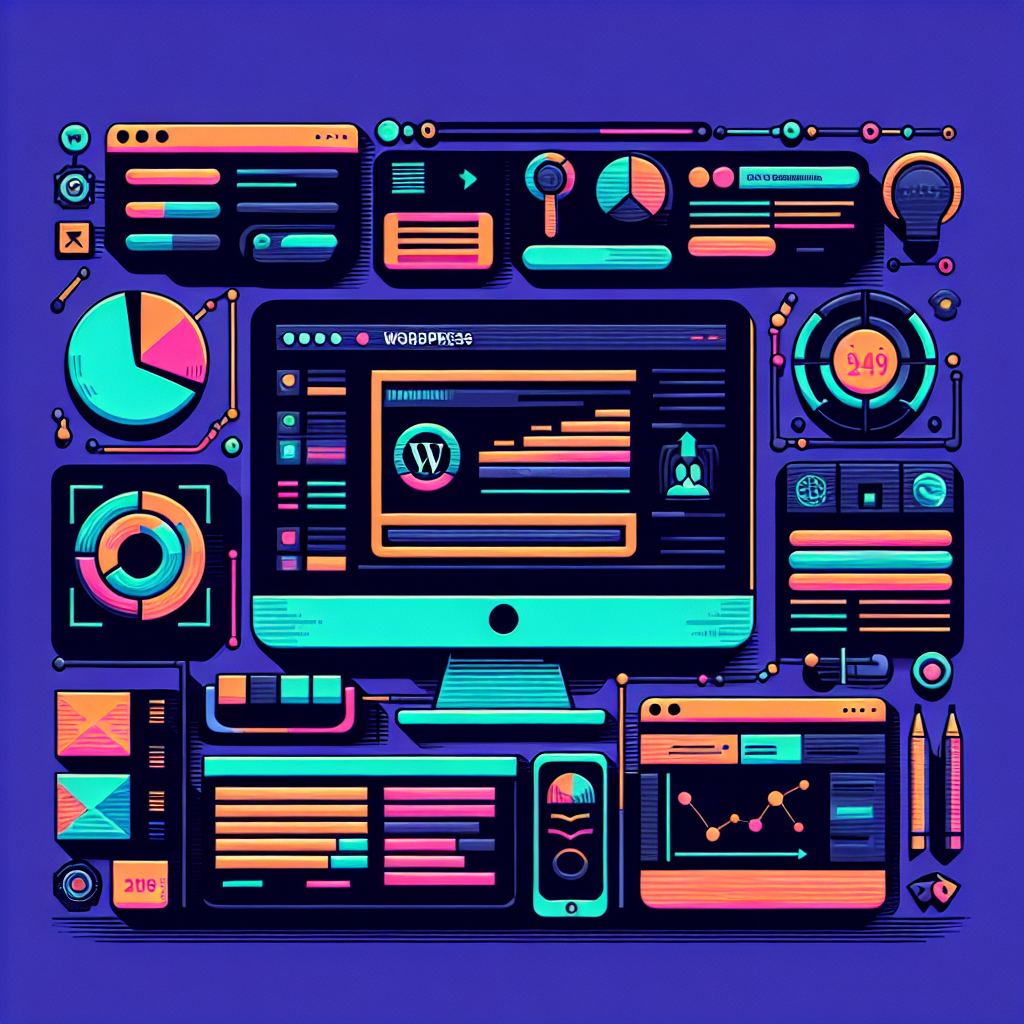Why AI image optimisation matters for WordPress in 2025
Images are often the largest payload on modern web pages. If you want faster WordPress sites and higher SEO performance, optimising images is non-negotiable. Recent shifts — AVIF and WebP adoption, edge CDNs, and machine-learning compressors — mean you can cut bytes without losing visual quality. AI image optimisation ties these tools into reliable, automated workflows that save time and improve metrics like Largest Contentful Paint (LCP) and Cumulative Layout Shift (CLS).
What AI brings to image optimisation
AI isn’t just a fancy compressor. In practical terms, it helps with:
- Content-aware compression — preserving faces and text while aggressively reducing background detail.
- Automatic format selection — deciding when AVIF, WebP or resized JPEG is best for a device and browser.
- Responsive source generation — producing srcset and sizes values tailored to layouts and breakpoints.
- Smart lazy-loading and priority hints — marking above-the-fold images as high priority and deferring others.
- On-the-fly edge transcoding — converting formats at the CDN edge to reduce origin load and storage.
Quick, practical workflow you can implement today
This workflow is built for WordPress sites managed with standard themes, Elementor or headless setups. It balances speed, cost and reliability.
1. Source control and image hygiene
Start with good originals. Keep a master folder with high-resolution files. Build rules for naming, alt text and captions so accessibility and SEO are consistent. A clear source library makes automation predictable.
2. Automated preprocessing (build step)
Use a CI step or an image pipeline that runs when you upload or deploy. Tasks should include:
- Generate multiple responsive sizes (eg 320–1920px).
- Create AVIF and WebP derivations where supported, plus a sensible fallback.
- Run an AI compressor that preserves perceptual quality while reducing bytes.
3. Integrate with WordPress intelligently
There are two reliable approaches:
- Use a plugin or service that serves transformed images and offers a seamless integration into the WordPress media library.
- Or host optimised assets on a CDN and update image URLs via a deployment step or a filter in your theme. If you’re using https://toohumble.com/web-development services, this can be part of your build pipeline.
4. Edge delivery and device-aware responses
Configure the CDN to deliver the best format per request and enable on-the-fly transcoding when appropriate. Edge transforms reduce origin storage and provide instant format negotiation for AVIF/WebP. If you host with a managed provider, confirm they support these features or plan an external edge layer.
5. Quality checks and monitoring
Automated tests should include Lighthouse checks for LCP and CLS, plus sampling via real-user monitoring (RUM). Use metrics to tune compression levels — sometimes a slightly larger file yields better perceived quality, which reduces bounce.
Checklist: metrics and settings that actually move the needle
- LCP optimisation: ensure hero images are prioritised, preloaded when necessary, and served in the fastest supported format.
- CLS prevention: include dimension attributes or aspect-ratio CSS to avoid layout shifts.
- Cache-control: long TTL for static assets with cache-busting in filenames.
- Client hints & responsive images: use srcset and sizes, or rely on modern edge features to choose the best variant.
- Accessibility & SEO: set descriptive alt text and structured data where images are central to content.
Tools and trends worth adopting
Look to these evolving options when building your system:
- AVIF and modern WebP encoders — superior compression for many images.
- AI compressors (perceptual, GAN-based) — excellent for photos and product shots.
- Edge CDNs with transform APIs — reduce origin work and latency.
- RUM platforms and Lighthouse CI — track real-world impact of optimisations.
Common pitfalls and how to avoid them
Teams rushing to adopt AI image tech often make a few repeatable mistakes:
- Over-compressing hero images — kills perceived quality. Test with A/B or visual difference metrics.
- No fallback strategy — always serve a compatible format for older browsers.
- Ignoring layout dimensions — compression won’t fix CLS caused by missing width/height.
- Treating optimisation as one-off — set it up as a continuous, automated process.
How TooHumble can help
We combine WordPress engineering with AI automation to create repeatable, measurable image workflows. Whether you need a plugin integration, CDN configuration, or a bespoke pipeline we can deliver it as part of a broader performance strategy that includes SEO and analytics. Learn more about our AI capabilities and SEO services, or discuss a tailored plan via https://toohumble.com/contact.
Final thought
Optimising images with AI is about more than smaller files. It’s about predictable quality, measurable speed gains and fewer manual steps. For teams focused on growth, the ROI arrives quickly: faster pages, happier users and better search visibility. Humble beginnings, limitless impact — start with your images.






